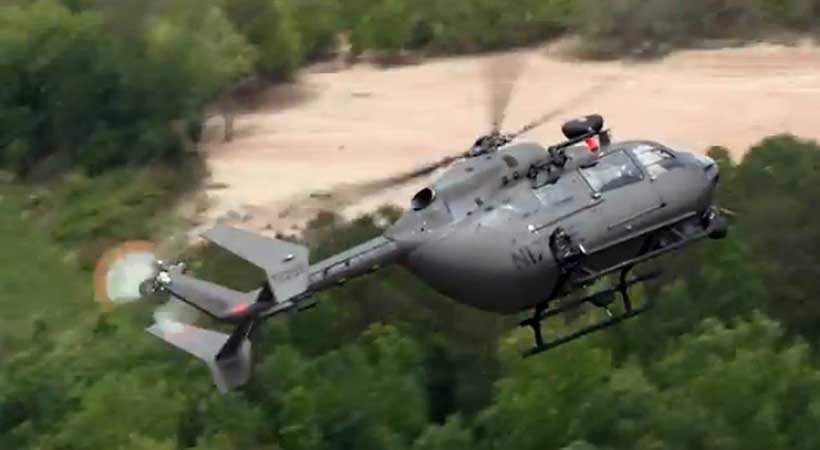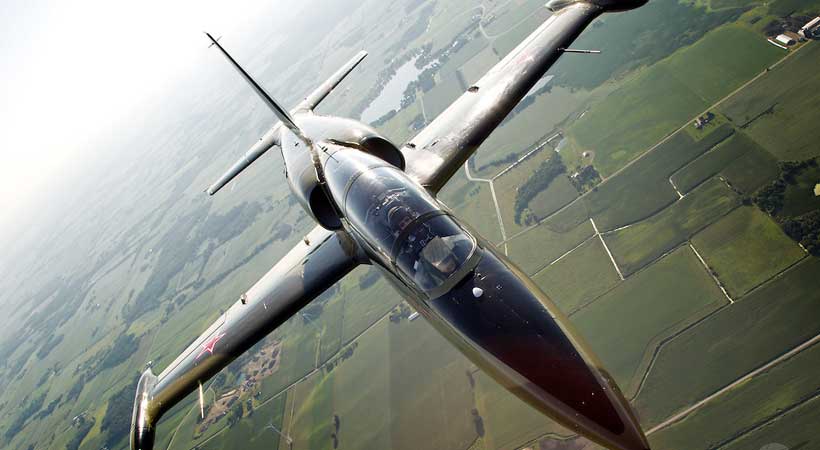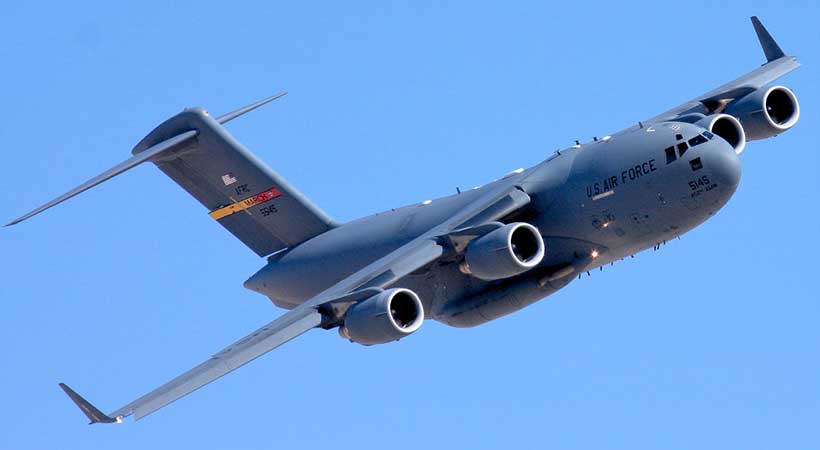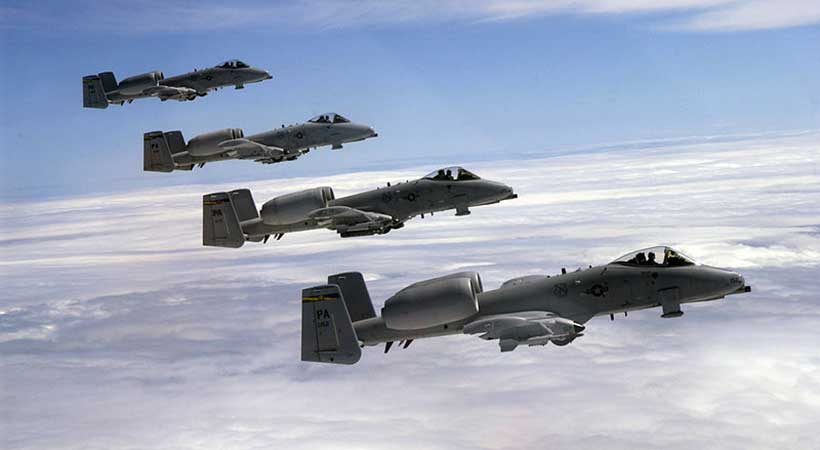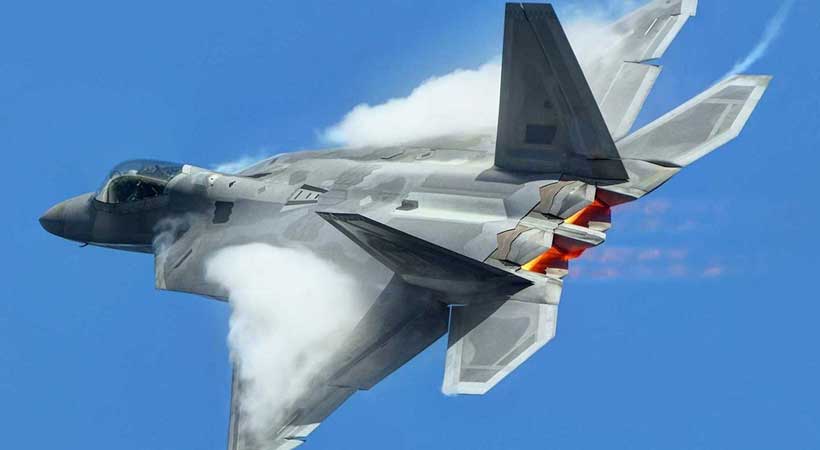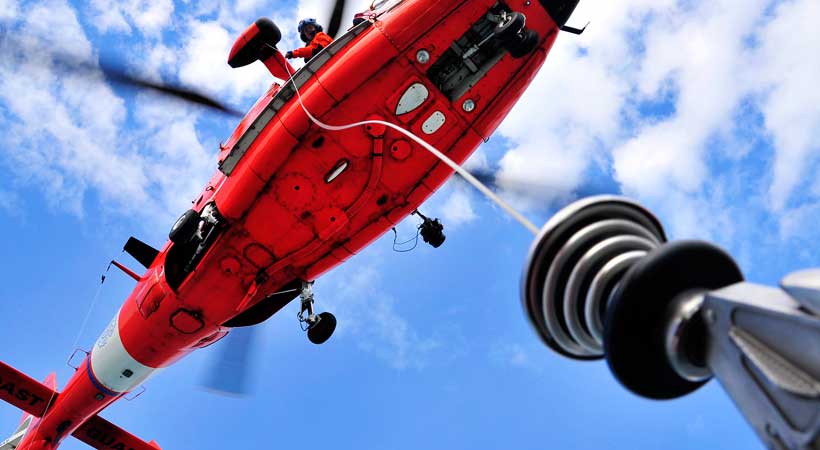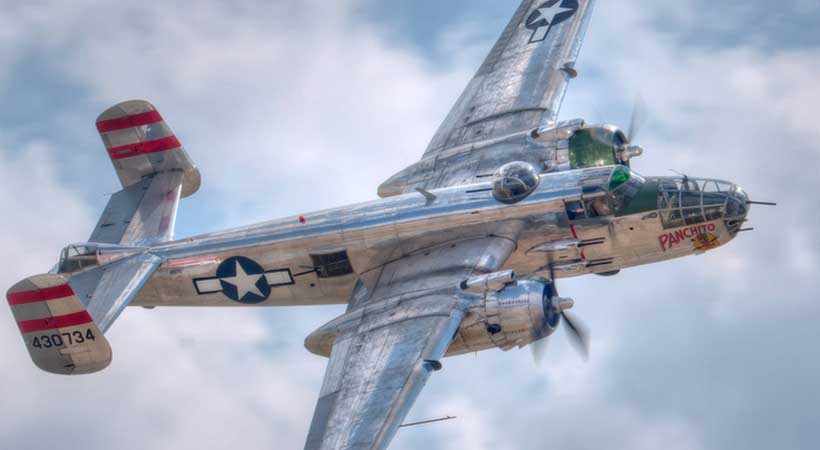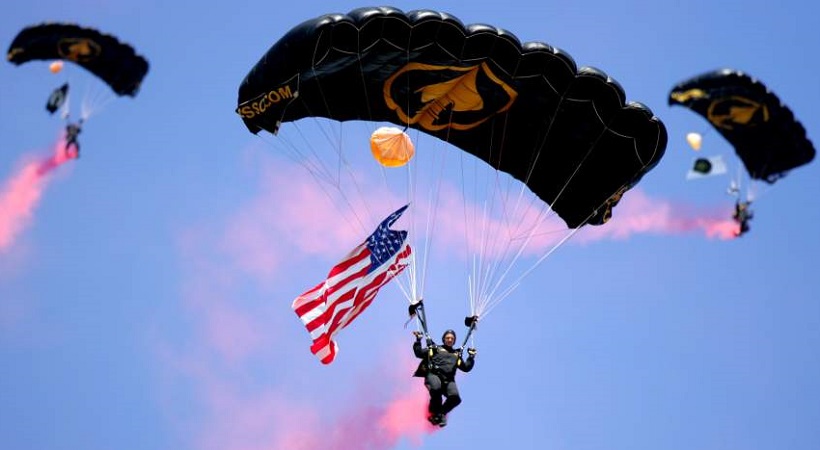UH-72A Lakota
The UH-72A Lakota is a light utility helicopter used for search and rescue operations, reconnaissance and surveillance, and medical evacuation (MEDEVAC) missions. It is only used in non-combat, non-hostile environments. It has seating for two pilots and up to six passengers. Two Turbomeca Arriel 1E2 engines, combined with an advanced four-blade rotor system, provide lift and speed in a wide range of operating conditions. The Lakota is equipped with modern communication and navigation avionics. It includes a 3-axis autopilot and single pilot IFR capability. The cockpit is compatible with night vision devices....
















